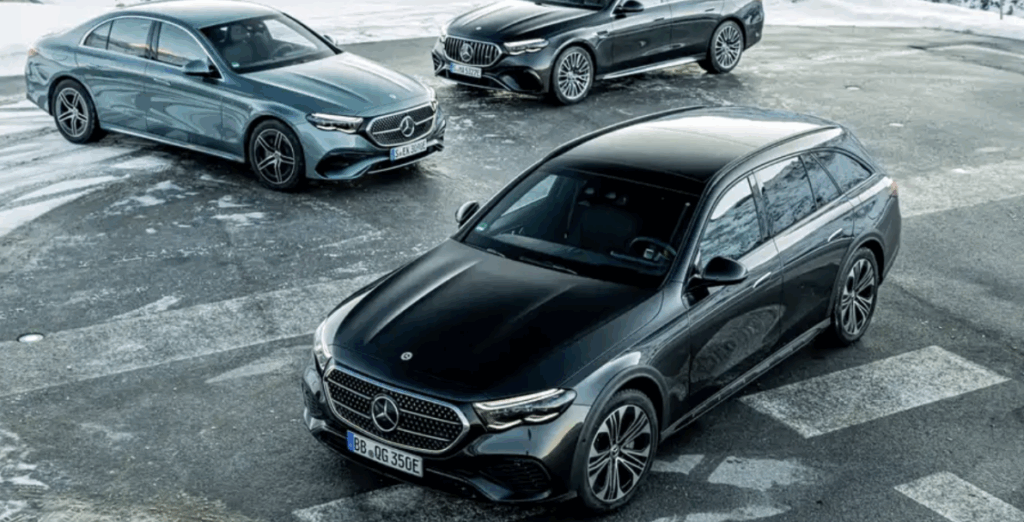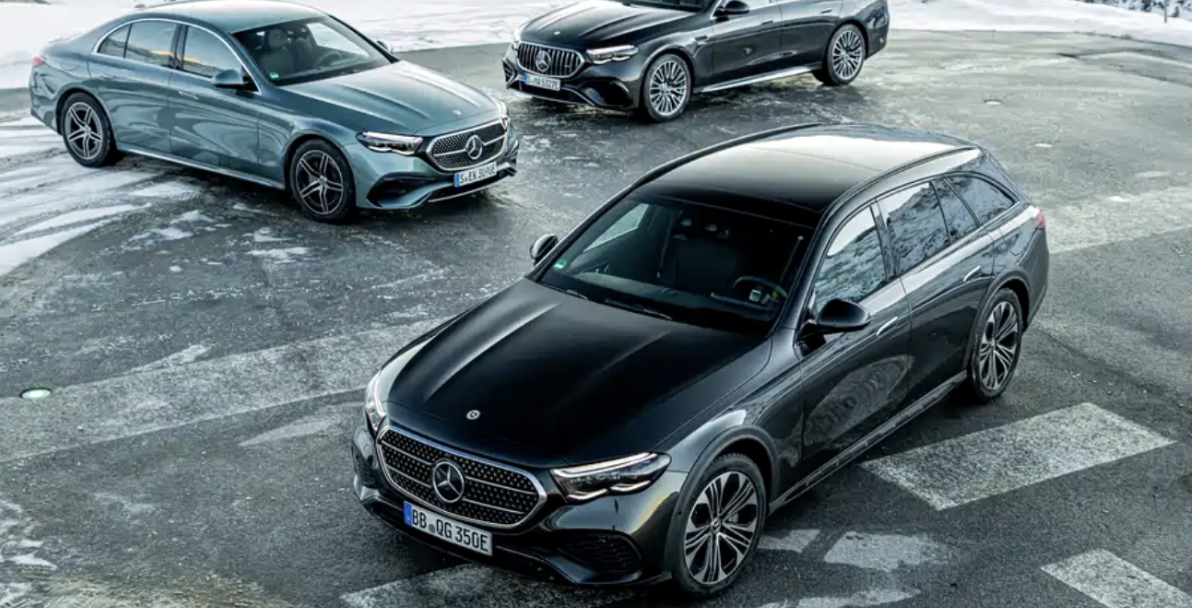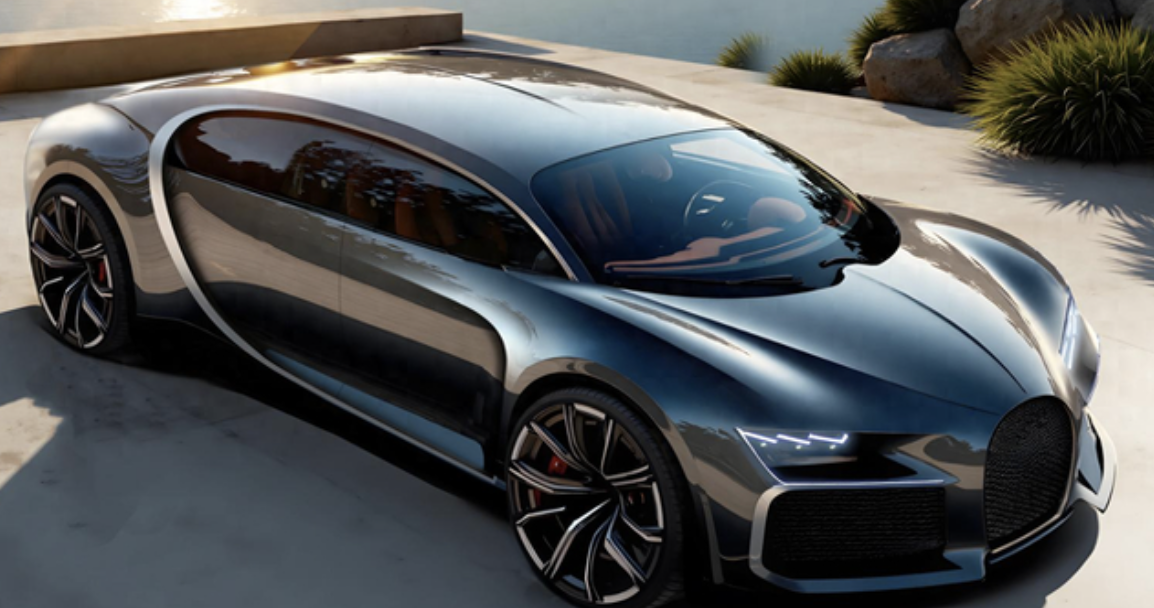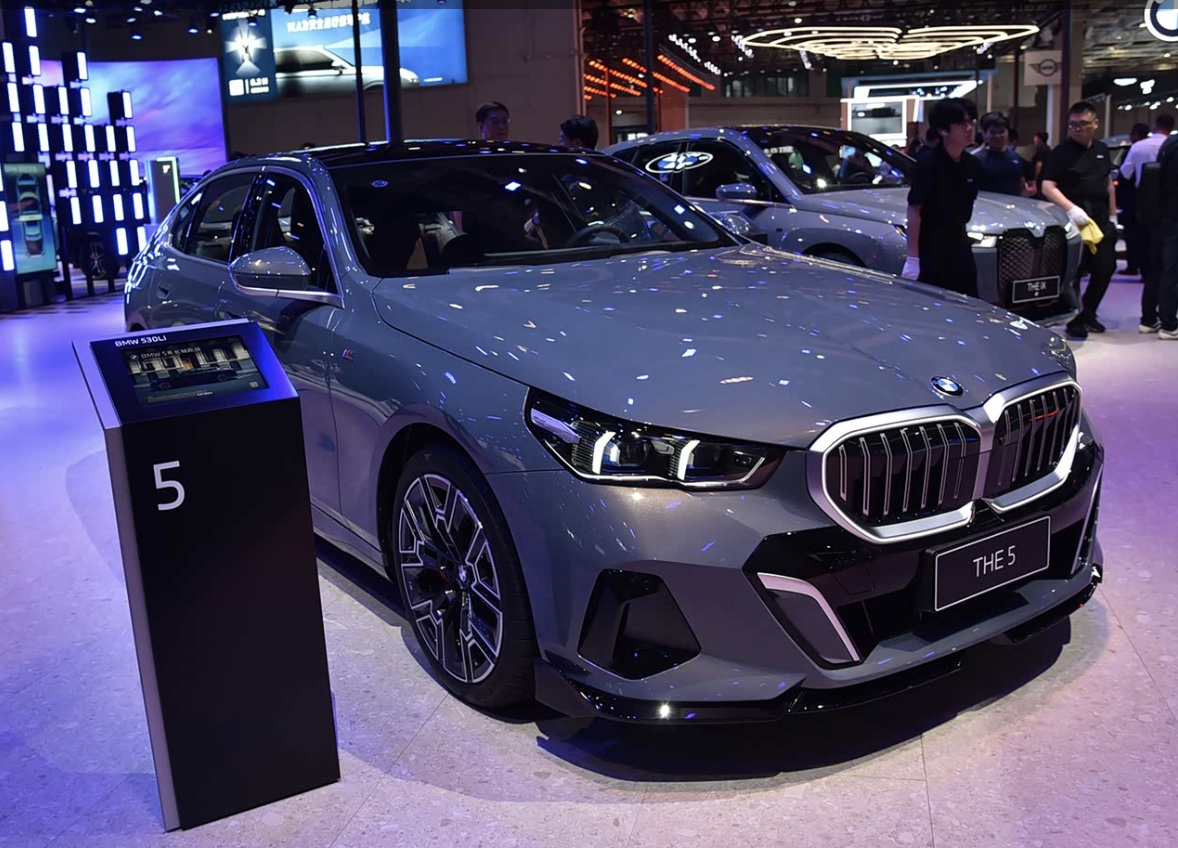On October 29, German automaker Mercedes-Benz Group announced its third-quarter performance results.
The financial report revealed that for Q3 2025, Mercedes-Benz Group’s sales revenue was €32.147 billion, down 6.9% from €34.528 billion during the same period last year. Operating profit stood at €750 million, a 70.2% decrease from €2.517 billion in Q3 2024. Adjusted EBIT (Earnings Before Interest and Taxes) was €2.099 billion, down 17.3% from €2.537 billion in the same period last year. Net profit after tax was €1.190 billion, reflecting a 30.8% decline compared to €1.719 billion in Q3 2024.

Reasons for the Profit Drop
Mercedes-Benz attributed the significant drop in profits to several factors, including higher severance costs, U.S. tariff pressures, and weak demand. The company also faced challenges from heavy U.S. tariff burdens, intense market competition, and the shift towards lower-margin electric vehicles (EVs) driven by European emission standards. As a result, Mercedes-Benz is implementing a restructuring plan aimed at saving €5 billion globally by 2027.
Sales Performance
Mercedes-Benz Group’s global sales in Q3 reached 525,300 units, a 12% decrease year-over-year. This included 441,500 units of passenger vehicles and 83,800 units of vans. Specifically, new energy vehicles (NEVs) saw 96,300 units sold in Q3, marking a 10% increase, with pure electric vehicles (EVs) accounting for 51,200 units, up 22% year-over-year.
Breaking down by market, Mercedes-Benz saw the following sales figures:
Europe: 160,800 units, up 1% YoY, with 51,600 units sold in Germany, down 2%.
North America: 80,000 units, down 1% YoY, with 70,800 units sold in the U.S., down 5%.
Asia: 175,500 units, down 7% YoY, with 125,100 units sold in China, down 11%.
Notably, China remains Mercedes-Benz’s largest single market, accounting for 24% of global sales.
Industry Challenges
Mercedes-Benz’s struggles are not unique, reflecting broader challenges faced by traditional luxury automakers. Alongside Mercedes-Benz, BMW Group, Porsche, and Audi also reported declines in sales. According to data, BMW Group’s Q3 2025 deliveries were 588,300 units, up 8.8% YoY. However, BMW’s China sales were 147,100 units, down 0.4% YoY. In the first three quarters of 2025, BMW’s global sales reached 212,500 units, a 6% drop, with significant declines in both the German and Chinese markets.
Mercedes-Benz’s Future Outlook
Looking ahead, the question remains whether Mercedes-Benz can return to growth in the face of fierce competition and a rapidly changing market landscape, particularly in China. Mercedes-Benz has already planned a range of high-end models, including the all-new all-electric GLC, next-generation CLA and its shooting brake version, the upcoming electric C-Class sedan, and the G-Class convertible.
The all-new all-electric Mercedes GLC SUV was unveiled globally and features a new design language, reshaping one of Mercedes’ most iconic styles. The interior includes a 39.1-inch MBUX Hyperscreen, the largest continuous screen ever produced by Mercedes, and air suspension technology from the Mercedes S-Class. The extended-wheelbase version of the GLC EV is scheduled to launch in China next year, with a 6-seat configuration.
The long-wheelbase all-electric CLA is expected to be launched later this year, with two versions: Super Long Range and Super Long Range Elite, priced at approximately ¥259,000 (USD 35,500) and ¥299,000 (USD 40,700), respectively. The new all-electric CLA is based on the MMA platform, which is the first vehicle to use this platform. The vehicle offers an electric range of 866 km and is expected to officially launch by the end of the year.



